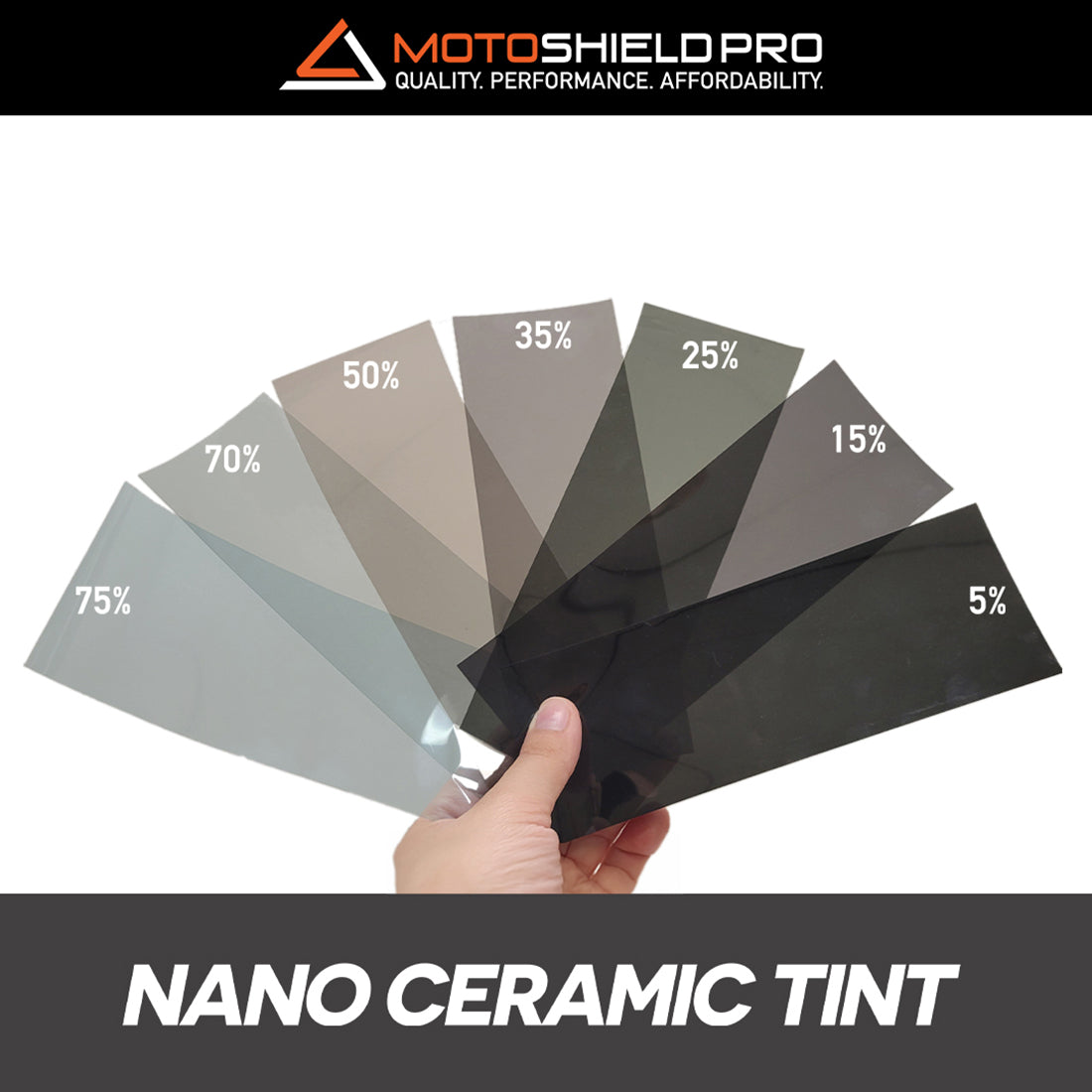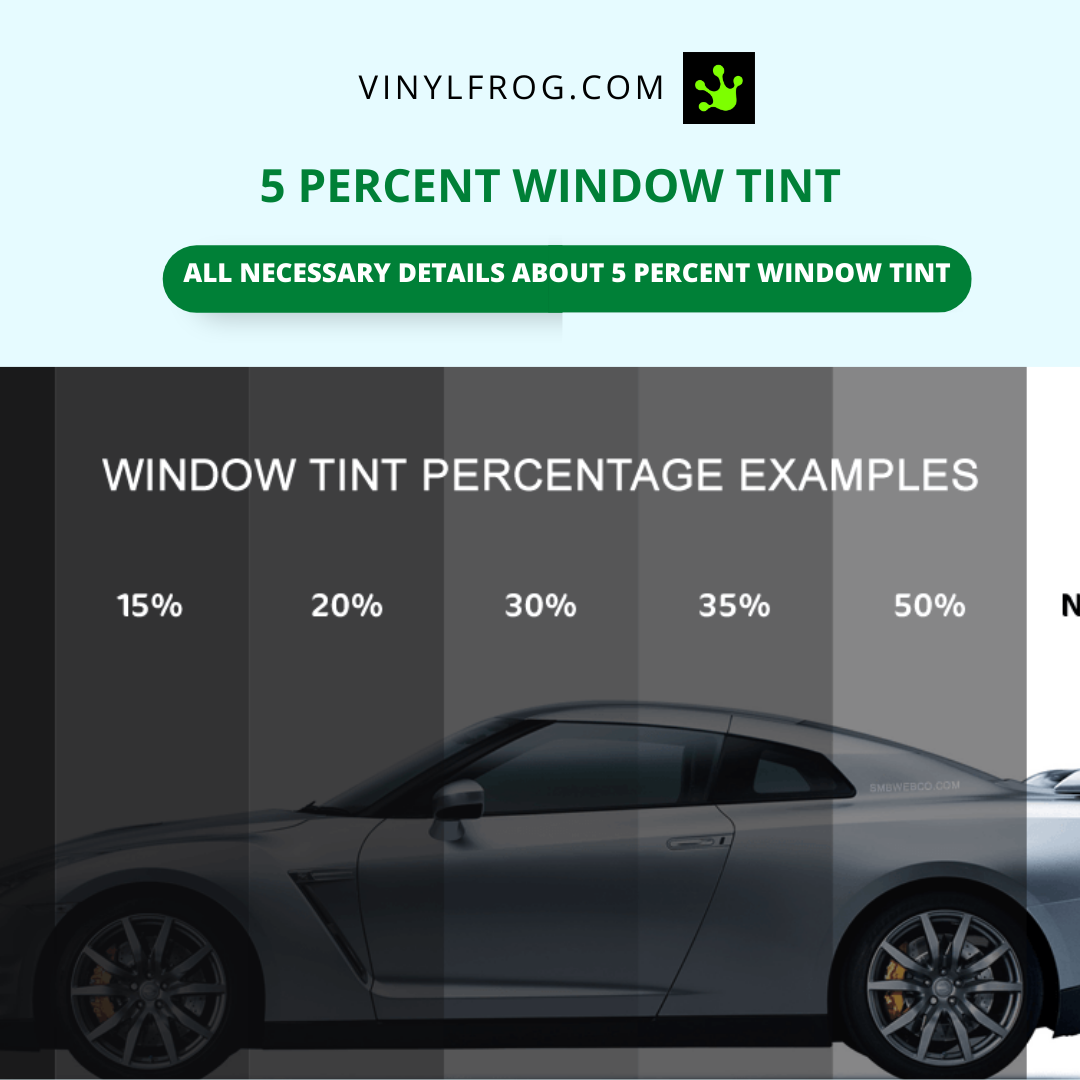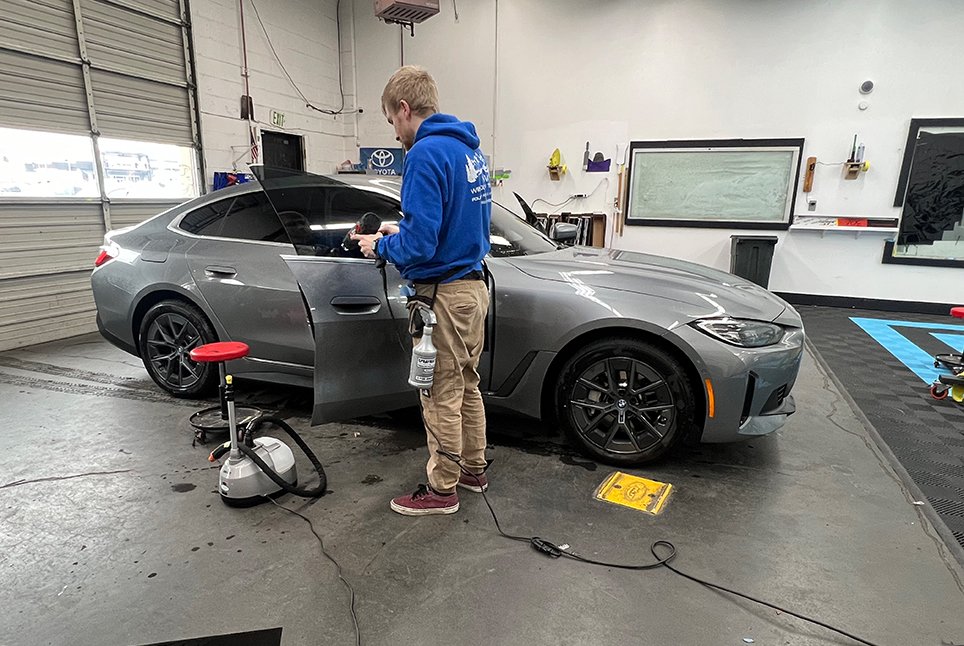Automobile Window Tinting: Locate the most effective Bargains and Top Quality Providers Neighboring
Automobile Window Tinting: Locate the most effective Bargains and Top Quality Providers Neighboring
Blog Article
Home Window Tinting Regulations and Standards: What You Required to Know Before Tinting Your Car
Prior to waging home window tinting for your vehicle, it is necessary to familiarize on your own with the varied legislations and guidelines that control this technique throughout different states. These laws determine the acceptable degrees of tint darkness, typically determined by visible light transmission (VLT) percents, and consist of certain terms for front windshields intended at guaranteeing road security. In addition, particular territories may use clinical exceptions for individuals with certifying problems. Understanding these intricacies can conserve you from potential lawful ramifications, yet what are the certain rules in your state?
Review of Home Window Tinting Laws
Window tinting regulations are frequently subject to variant throughout various jurisdictions, mirroring neighborhood policies and safety and security considerations. These regulations dictate the allowable levels of tint darkness and reflectiveness on car home windows, making certain that vehicle drivers keep appropriate visibility while likewise safeguarding versus damaging UV rays and warm.
A lot of policies identify home window tinting based upon the Visible Light Transmission (VLT) percentage, which shows the quantity of light that can travel through the window. Usually, lower VLT percents signify darker tints. Laws typically set apart between the front, side, and rear home windows, with more stringent limitations used to the front windscreen to improve safety and security for both the driver and various other roadway customers.
Furthermore, some jurisdictions enforce restrictions on the reflectivity of the color, stopping excessive glow that might harm visibility. Exemptions to these legislations may exist for people with certain medical conditions requiring additional sunlight protection. Compliance with window tinting laws is vital, as offenses can cause penalties, obligatory removal of the tint, and prospective increases in insurance coverage costs. Consequently, it is necessary for car proprietors to acquaint themselves with neighborhood regulations before proceeding with home window tinting installations.
State-by-State Color Rules
Understanding the certain home window tinting regulations in each state is important for automobile owners seeking to abide by the legislation. Each state in the united state has established its very own set of guidelines regulating home window tinting, which can differ significantly. These regulations usually determine the allowed levels of color darkness, the kinds of windows that can be tinted, and any medical exceptions that might apply.
As an example, states like California have strict restrictions on color darkness for front home windows, while others, such as New Mexico, may allow darker colors. Additionally, particular states mandate particular visibility percents for different home windows, consisting of the windshield, front side windows, and back home windows. It is vital for automobile owners to familiarize themselves with their state's legislations to stay clear of prospective fines or fines.
Furthermore, some states might need a certification sticker label to be put on tinted home windows, indicating conformity with state legislations. Failure to stick to these guidelines not only risks lawful repercussions yet can additionally affect security and exposure while driving. Automobile proprietors should conduct thorough research or speak with neighborhood authorities to make certain full understanding and compliance with state-by-state tint laws.
Allowed Tint Kinds and degrees
Many vehicle proprietors might be shocked to learn that enabled tint degrees and kinds vary More about the author extensively throughout various states. Each state has actually developed its own laws regarding the permitted darkness and reflectivity of window color, frequently gauged by Visible Light Transmission (VLT) percentages. check out here VLT refers to the quantity of light that can travel through the tinted home windows; hence, a reduced portion suggests a darker color.

Additionally, the kinds of color products allowed can vary, with some states prohibiting mirror-like or metallic finishes. It is crucial for automobile proprietors to familiarize themselves with their state's details legislations to make sure compliance. Non-compliance can cause penalties, required removal of the color, or other legal repercussions, making it necessary to understand these policies before waging setup.
Medical Exemptions for Tinting
While not all states give allowances for clinical exceptions regarding home window tinting, those that do identify the necessity for certain individuals to boost exposure and comfort due to clinical conditions. Various medical conditions, such as lupus, skin cancer, and particular eye problems, can provide people specifically conscious sunshine. Subsequently, these people may need darker colors to safeguard themselves from harmful UV rays and glow.

It is essential to keep in mind that despite a clinical exception, there may still be constraints on the degree of tint allowed. Compliance with state regulations makes sure that individuals are both safeguarded and within legal limits. Those considering clinical exemptions must contact their regional Division of Electric motor Cars or comparable authority to recognize the demands and treatments required to request an exemption efficiently.
Charges for Non-Compliance
Stopping working to conform with home window tinting laws can lead to considerable penalties, which vary by state. Law enforcement companies are equipped to provide citations for lorries that do not abide by the defined tinting laws. These penalties normally include penalties, which can range from small amounts to a number of hundred bucks, depending on the severity of the offense and the state in concern.
In some jurisdictions, repeated offenses may cause intensifying fines or additional fines, such as required court looks. Non-compliance might demand the removal of illegal tinting, frequently at the proprietor's expense. In extreme cases, habitual offenders might deal with suspension of their car registration until compliance is achieved.
Additionally, insurance effects may develop from obtaining multiple citations for home window color infractions. Insurers might see such infractions as a sign of riskier behavior, potentially bring about increased costs or problem in protection.
To avoid these fines, it is vital for automobile owners to familiarize themselves with their regional window tinting laws and make sure that their car complies (Window Tinting). This positive method not just stays clear of lawful implications but also advertises roadway safety
Verdict

Many regulations classify window tinting based on the Visible Light Transmission (VLT) portion, which suggests the amount of light that can pass with the home window. Conformity with home window tinting guidelines is essential, as infractions can result in penalties, compulsory elimination of the tint, and possible increases in insurance costs.Recognizing the specific window tinting regulations in each state is crucial for car owners seeking to comply with the regulation. These regulations often dictate the allowed degrees of tint darkness, the kinds of home windows that can be tinted, and any type of clinical exceptions that might apply.
For instance, states like California have rigorous constraints on tint darkness for front home windows, while others, such as New Mexico, may allow darker colors.
Report this page